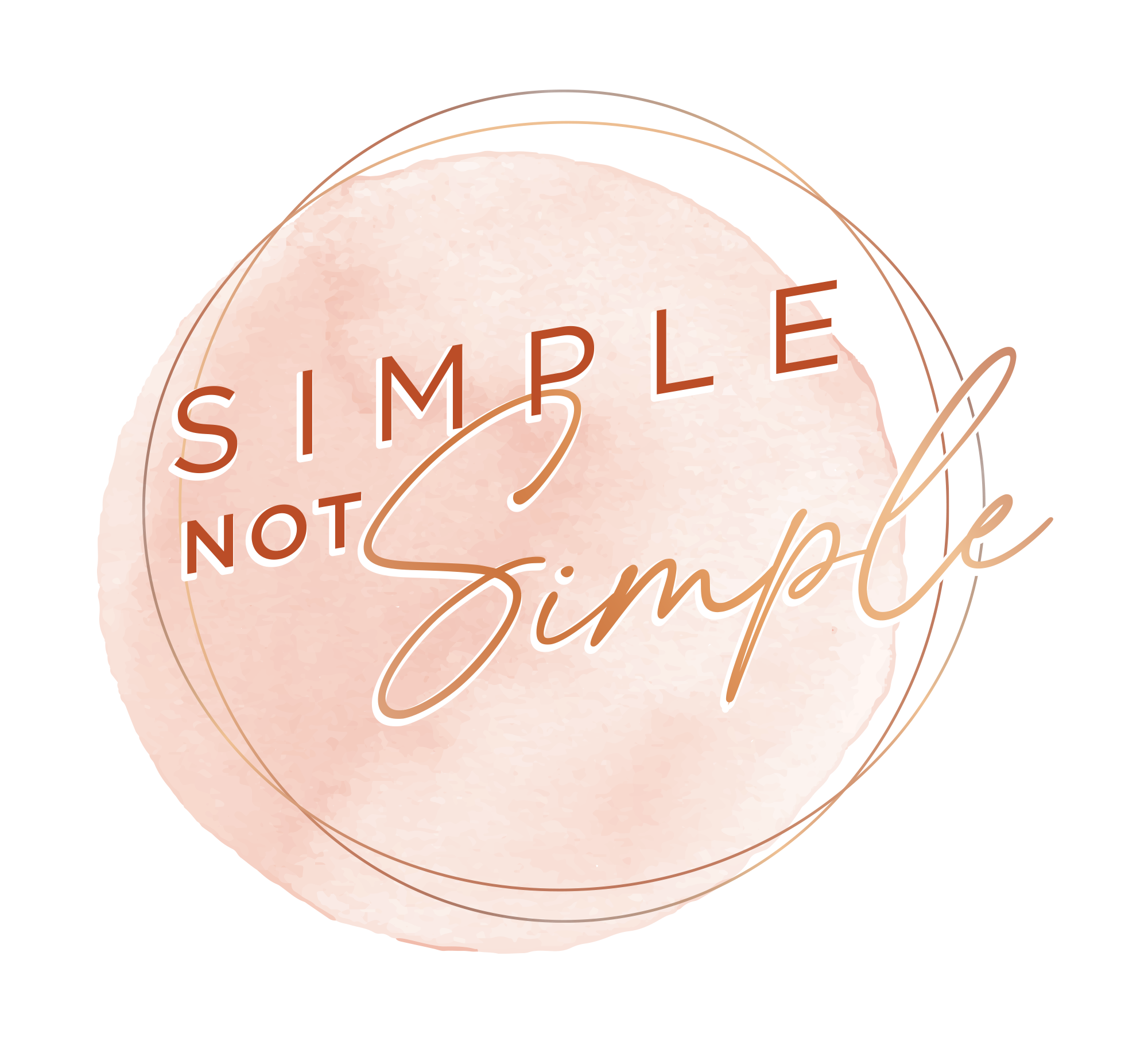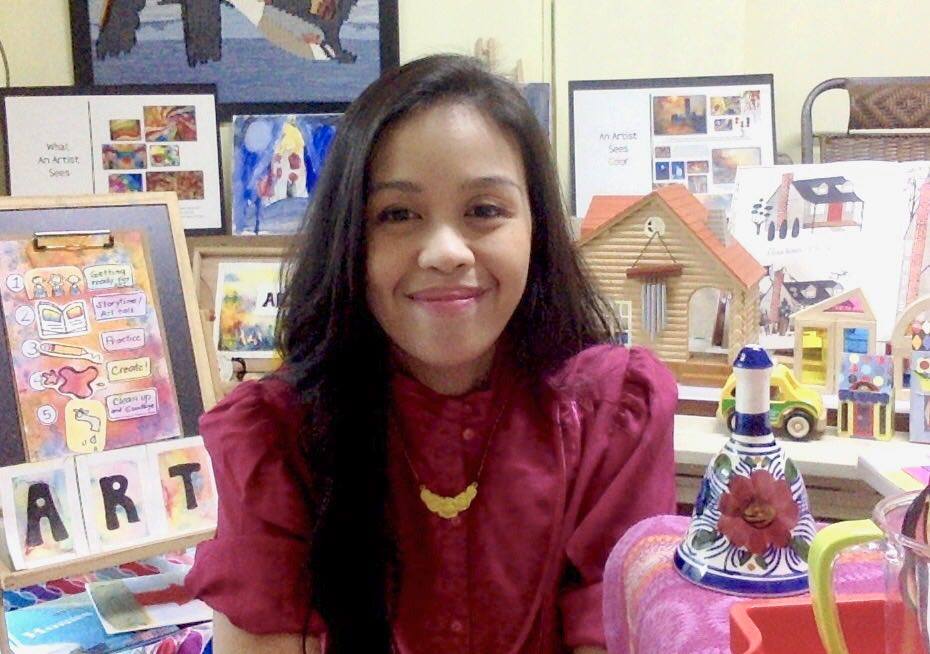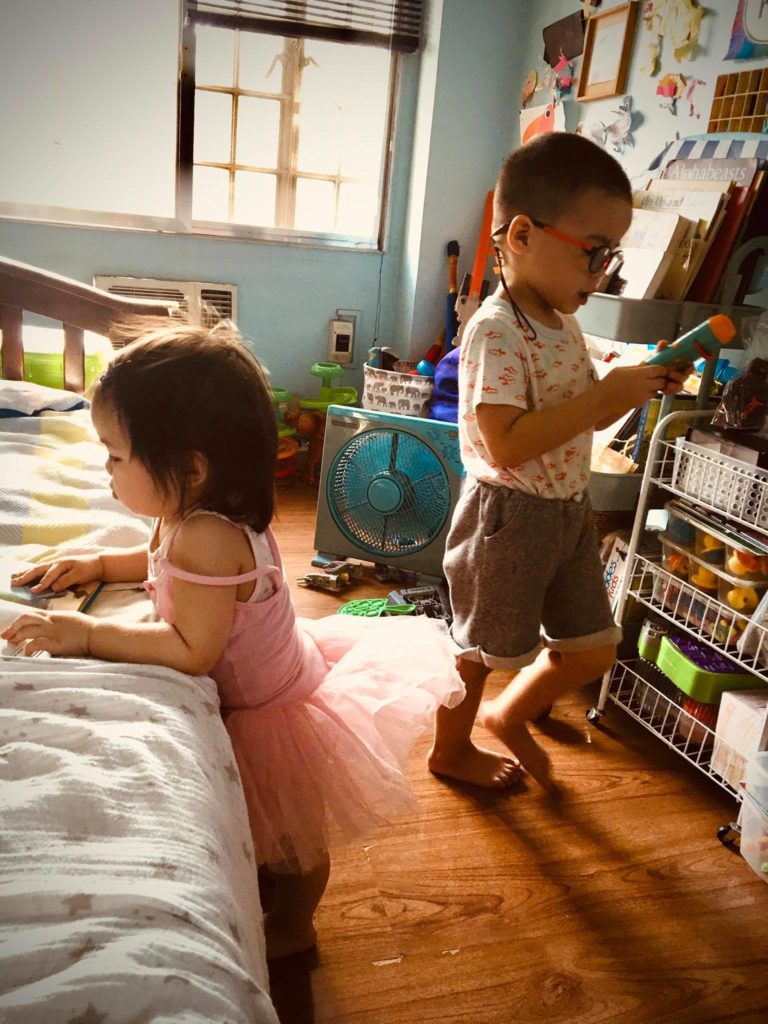
When new moms ask me how I survive with 3 kids and no help, the advice that I find myself giving is that I have “corners“ for things and places for stuff. As an art teacher and mom of 3, I’ve discovered that having corners makes it easy for toddlers, little kids, and big kids to eventually do things on their own.
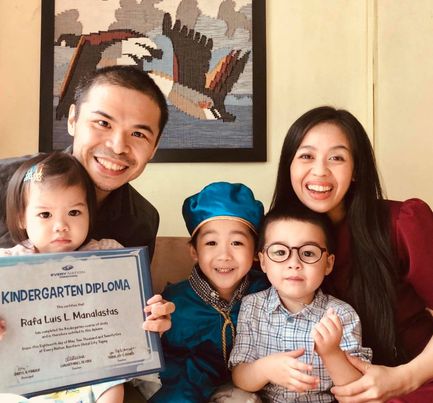
Because I’m a mom and a teacher, I often get asked how I “manage” my 3 young children and how I teach them—I usually find myself giving the same answers.
By using some teaching concepts of preschools and adapting them at home, I find these tips apply not just to young children but to pre-teeners and teens as well.
Here are some ways that have helped me conquer clutter and cultivate creativity at home, one ordinary day at a time…
Culture
The most important principle is to set the tone at home. The most basic is their sleep/wake schedule and meal times. It helps them become more aware of the day and their boundaries. Another one would be times of play and noisy activity then followed by times of quiet and rest. By practicing this, they learn that they don’t always need to be entertained because there’s always a time and place for everything.
Tip: Building up a culture of love and respect from babyhood to the teenage years also provides a good, healthy foundation that becomes part of your family dynamic.
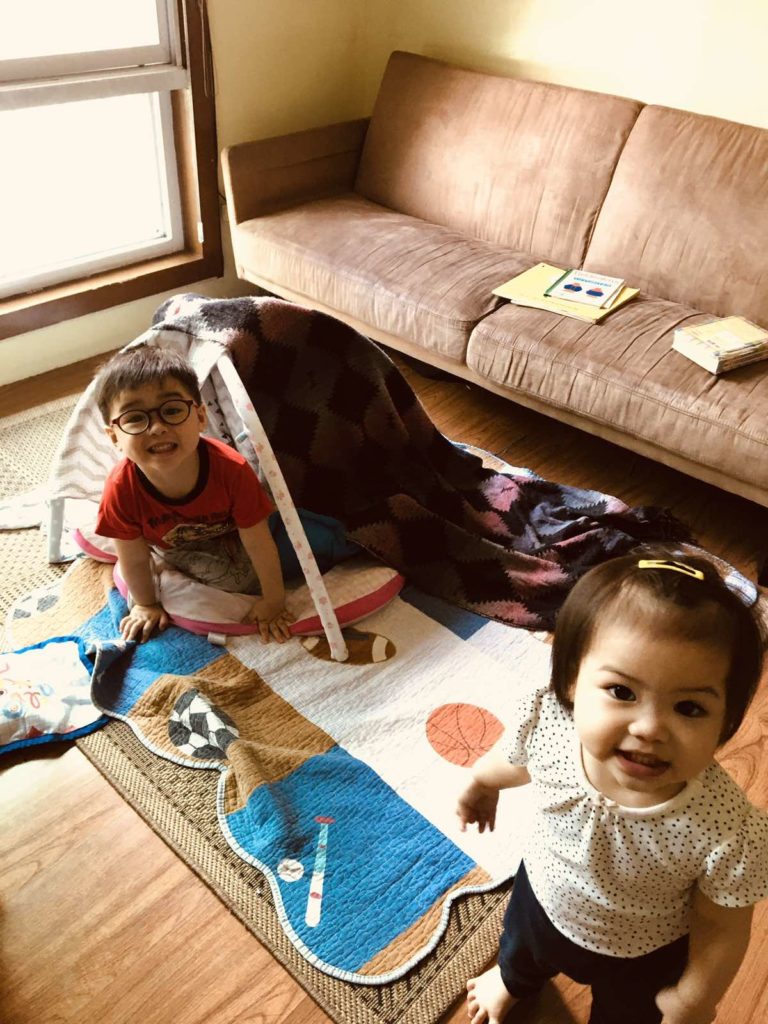
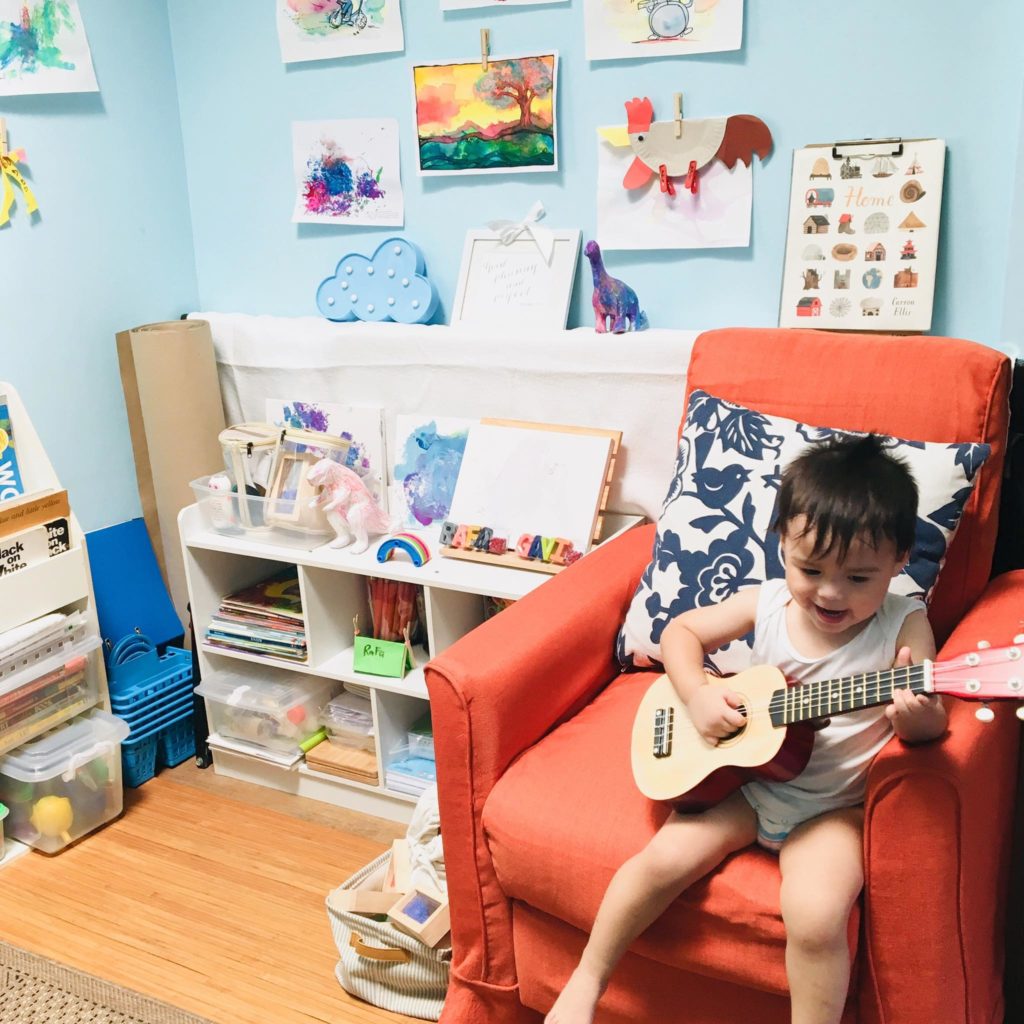
Corners
Next, would be setting the space for learning corners. Once you have your routines in place, you can arrange the space (room, corner, etc) in a way that works for them.
Books in baskets or low shelves work for little ones. A table and a chair also help set the space. However, this takes some time because little children don’t automatically sit in chairs. Change the set-up as they grow older to accommodate their different needs.
For older kids, it would be great if they owned their space by managing and personalizing it!
Provide shelves, caddies, boxes, beanbags, a small couch or pillows to provide enjoyable spots for them to relax, read or rest.
For ideas on how to organize learning spaces, click here.
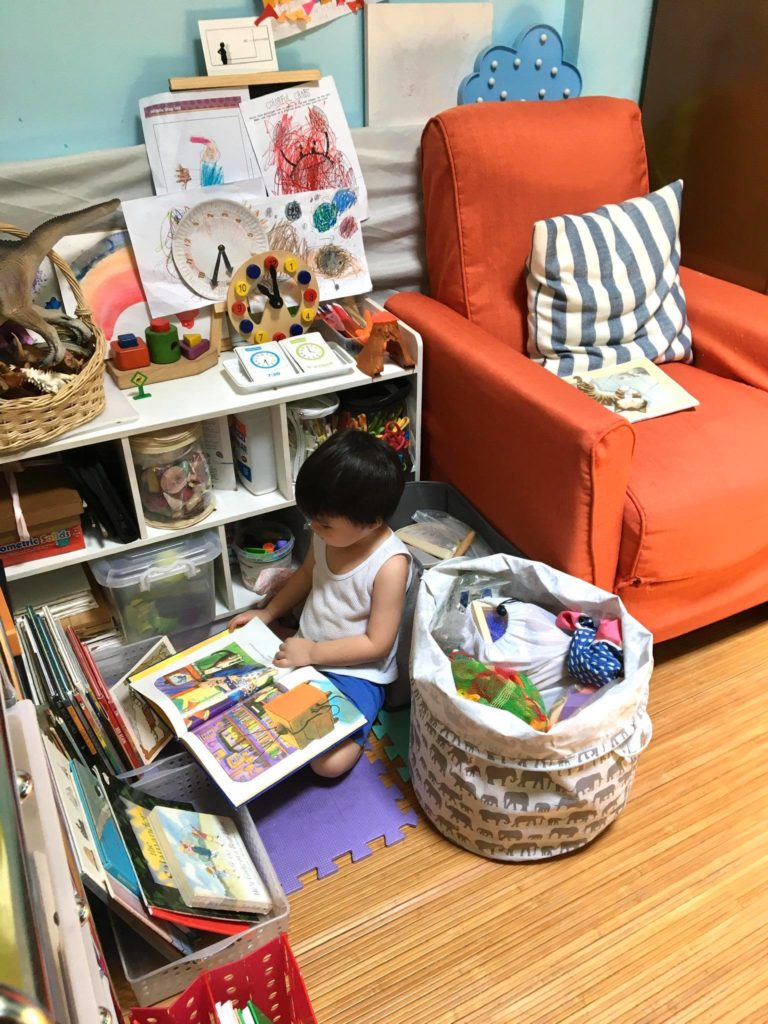
Categorize
Put toys, books, manipulatives and gadgets in specific “homes” and show them where they are—this builds confidence and maximizes learning. As they grow, they’ll eventually learn to find the things they need on their own!
This also goes for recyclables seen as “treasure” in the eyes of creative children. I like putting old bottle caps, loose parts and other things they can use to build with in different containers.
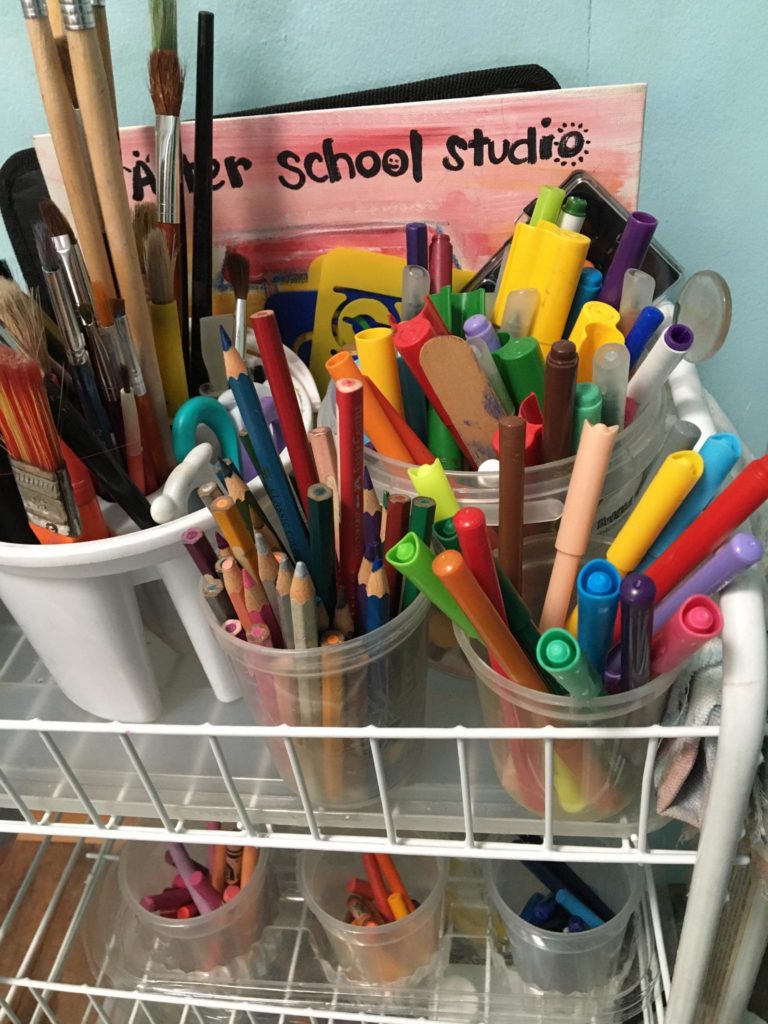
Similar blocks and things can also go together and things like reading corners where letter manipulatives and interesting books that encourage literacy can be made.
Art supplies also all go together in little art caddies. Caddies are popular nowadays because of how portable and compact they are, which, of course, make them easier to roll out of the way for easy sweeping!
Create
This involves moments of quietly creating and times of mess. Creativity needs sorting out, processing, doing and undoing. There will be mess! So, for moms like me with no helper at home, routines built over time have helped. They actually learned to clean up after themselves as early as 4 years old.
Tip: Keeping soapy water nearby along with convenient trays for used brushes and other messy items are quick clean-up hacks to try.
Being mom to multiple-aged kids (I have a 6, 4 and one and a half-year old), I’ve noticed that organized spaces allow us to move freely, make happy messes, and be able to pack away in the end.
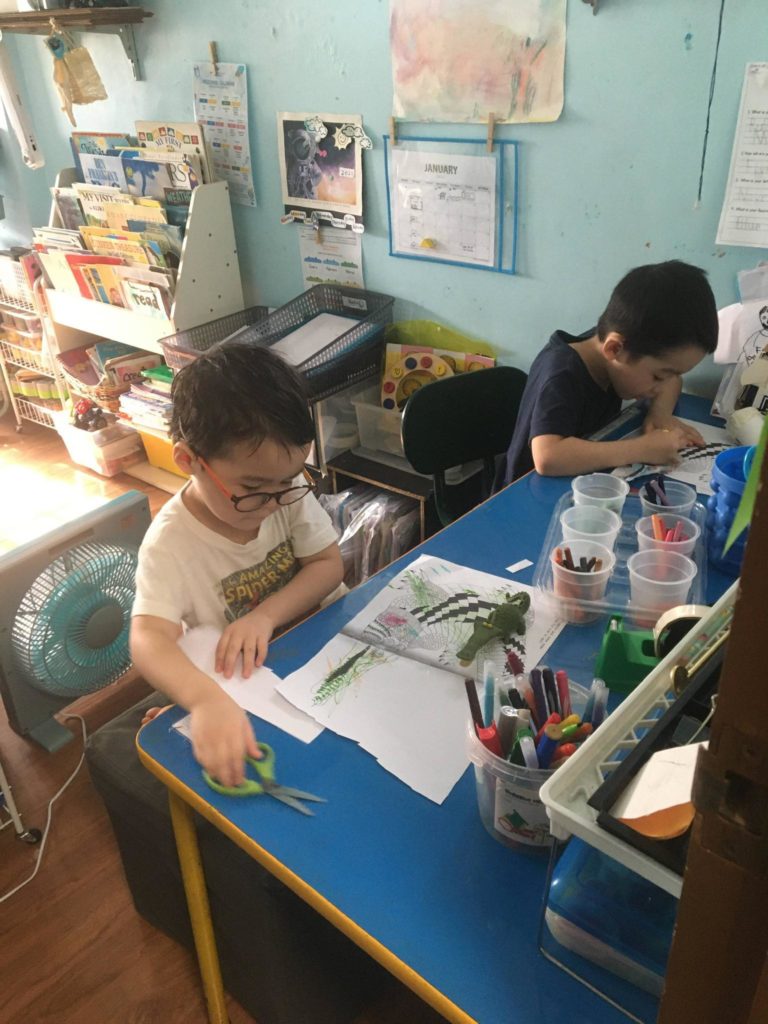
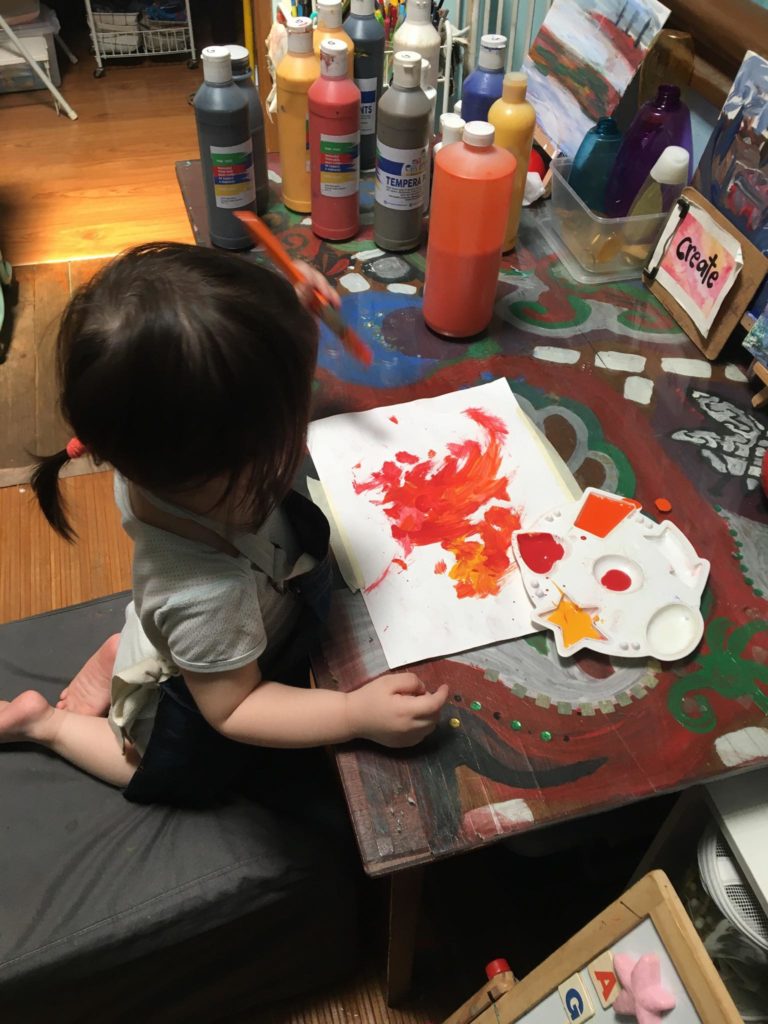
Cultivate
Remember that each child is different. Encourage their interests by displaying their work! It would be wonderful for them if their stories were listened to, their thoughts recorded, their ideas and theories tried out and their games played… anything that makes them feel proud. Encourage them to show appreciation for another person’s accomplishments as well!
Tip: Introduce lots of supplementary things like new materials, classes and field trips (when able). Providing interesting books and videos about their interests will really make a difference! You become the curator of different museums–each one given life by its own artists, your children.
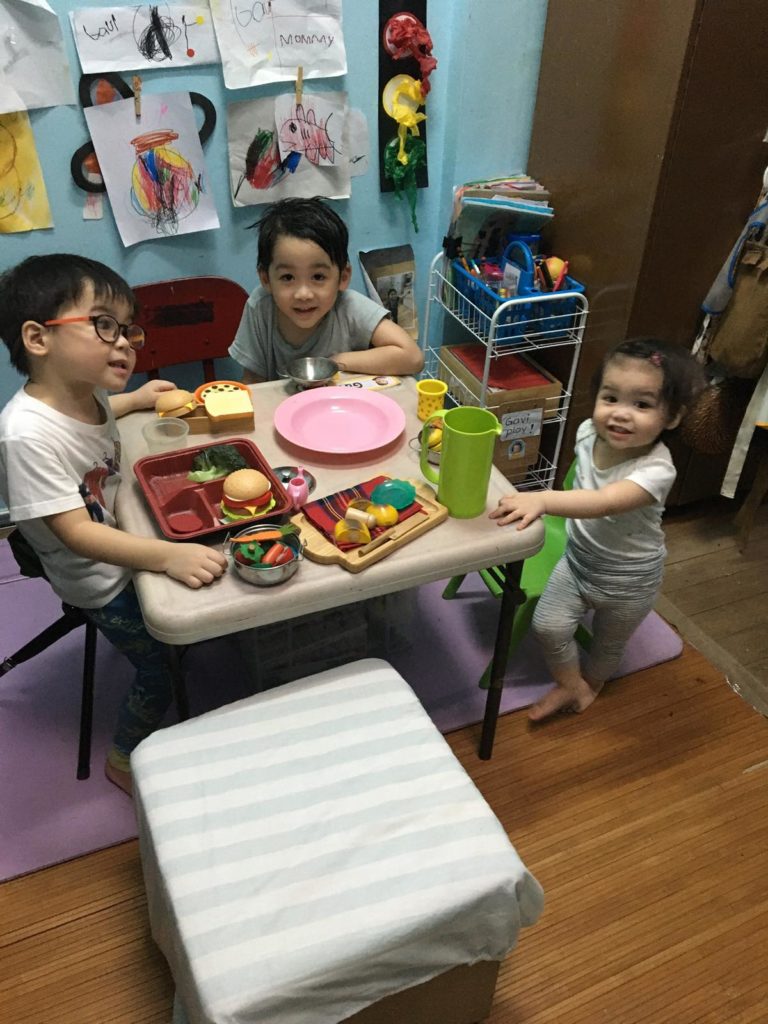
In the end, it’s really not the stuff that brings out the learning, it’s the environment.
What I’ve learned over the years is that an organized space will only be inviting, restful or inspiring if the parent/teacher is also organized, rested, or inspired.
Remember there’s always a time to work, a time to rest, a time to learn, a time to create. It’s always a day at a time, a breath at a time, a moment at a time.
Whether it’s good, bad, organized, or messy–each day is a gift. Let’s enjoy it!
